Learn how the pros predict price changes
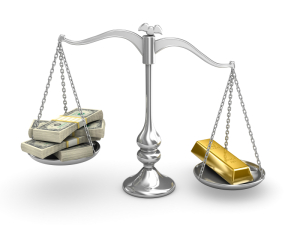 When was the last time you checked the spot price of gold? If you’re like most folks, you probably can’t remember. That’s because gold and other precious metals are traded by highly paid professionals who use many factors to determine prices for these important commodities. However, laypeople participate in the gold market on a daily basis. As someone who’s thinking about selling gold in the near future, you should know about five recent pricing trends.
When was the last time you checked the spot price of gold? If you’re like most folks, you probably can’t remember. That’s because gold and other precious metals are traded by highly paid professionals who use many factors to determine prices for these important commodities. However, laypeople participate in the gold market on a daily basis. As someone who’s thinking about selling gold in the near future, you should know about five recent pricing trends.
1. Gold Is Well Below Its Historic Highs
The price of gold has recently traded well below the historic highs that it reached during the early 2010s. Since the economic uncertainty that caused it to reach these highs—just short of $1,900 per ounce on the open market—has yet to fully dissipate, this suggests that future price action could be positive. If you’re looking to sell gold in the near future, that may be good news.
2. Gold Has Been a Superior Investment Since 2000
Although it has fallen somewhat from its recent highs, gold has still outperformed other indexes since 2000, including broader stock indexes like the S&P 500 and Dow Jones Industrials. As such, many investment experts recommend owning some as part of a diversified investment portfolio.
3. Gold Tends to Increase in Value During Economic Uncertainty
The price of gold is often driven by economic indicators. In particular, it tends to rise during periods of inflation and general economic uncertainty. For example, its recent highs have been attributed to political and economic instability in the European Union.
4. Gold Will Always Have Value
As a physical commodity, gold has intrinsic value and can’t become worthless. This is in sharp contrast to individual stocks: When a company goes bankrupt or ceases its operations, its stock may become completely worthless and wipe out the funds of those who invested in it.
5. It’s Tough to Predict the Future
Although gold has historically been a solid investment, it’s tough to predict the future with any clarity. As such, it’s important to keep your investments diversified and consult with a financial expert before making decisions about what to do with your money.
Selling Gold in the Buffalo, NY, Area
Whether you’re thinking about becoming a seasoned commodities trader or simply wish to know how much you’ll get for your old jewelry or family heirlooms, it’s critical to understand how the price of gold can fluctuate on a daily basis. If you’d like to learn even more about buying and selling gold at a fair price, Premier Gold, Silver & Coins can help. Drop by our store to consult with one of our seasoned experts today, or contact us online.
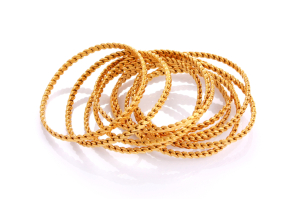 If you don’t buy jewelry often, you might not realize that there’s a discrepancy between the retail price of each item—i.e., what you pay at the store—and its intrinsic value. While precious metals command a pretty penny, all retailers mark up jewelry by a significant amount. They need to make a profit, so you can’t really blame them. To be an informed consumer, however, you need to know more about the intrinsic value of your pieces.
If you don’t buy jewelry often, you might not realize that there’s a discrepancy between the retail price of each item—i.e., what you pay at the store—and its intrinsic value. While precious metals command a pretty penny, all retailers mark up jewelry by a significant amount. They need to make a profit, so you can’t really blame them. To be an informed consumer, however, you need to know more about the intrinsic value of your pieces.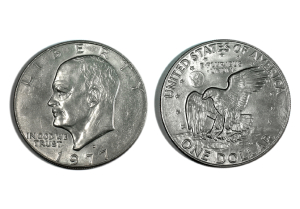 Most U.S. currency is only worth its face value, but there are some items that
Most U.S. currency is only worth its face value, but there are some items that 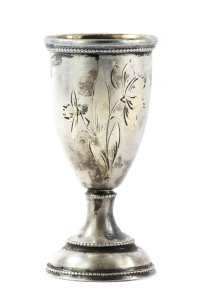 Determining the value of an
Determining the value of an 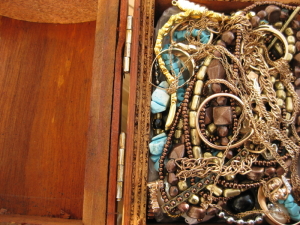 Many adults have unused jewelry pieces stashed away in jewelry boxes, drawers and safes. If you have pieces that you don’t use taking up space in your home, you might wonder if you should invest the money in having them restored to their original glory or if you should
Many adults have unused jewelry pieces stashed away in jewelry boxes, drawers and safes. If you have pieces that you don’t use taking up space in your home, you might wonder if you should invest the money in having them restored to their original glory or if you should 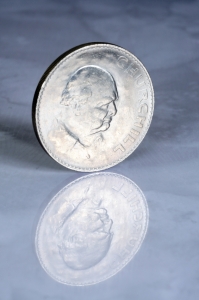 If you were given a random item that appeared to be
If you were given a random item that appeared to be 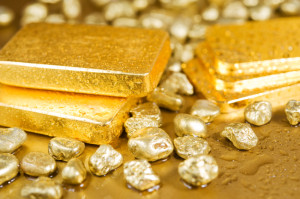 You’ve probably heard words like carat and karat get thrown around by television jewelry gurus and your own friends and family. If the conversation is taken out of context, you might even think that your loved ones are talking about the properties of the carrots on your plate. Understanding the difference between a carat and a karat is very important if you intend to sell your gold or have your precious belongings appraised.
You’ve probably heard words like carat and karat get thrown around by television jewelry gurus and your own friends and family. If the conversation is taken out of context, you might even think that your loved ones are talking about the properties of the carrots on your plate. Understanding the difference between a carat and a karat is very important if you intend to sell your gold or have your precious belongings appraised.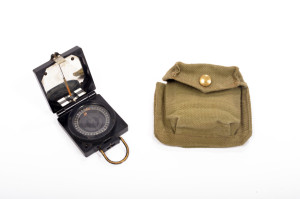 As the great conflict recedes from memory, it’s time to take stock of its physical legacy
As the great conflict recedes from memory, it’s time to take stock of its physical legacy